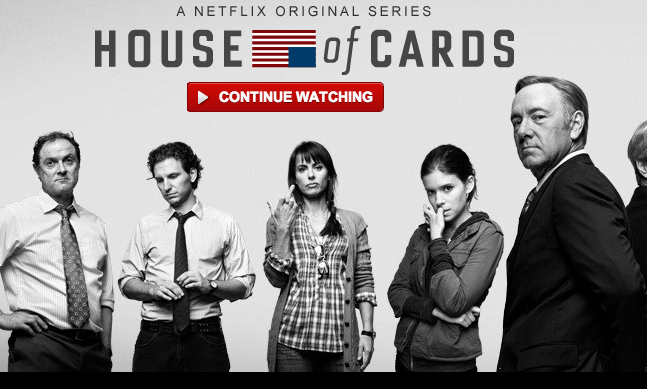
Image Credit: screenshot capture of NYTimes.com
This was one of the ads on my NYTimes.com edition today. Upon first glance it appears to be a simple ad for an e-book by Amy Harmon called Asperger Love, but the New York Times masthead and the words "Byliner Original" suggest that the Asperger Love is an in-house publication. And that's just what it is: an "e-single" written by a NYTimes journalist, packaged for Kindle, iBooks, and Nook, and hosted on a partner site, Byliner.com.

Image Credit: screenshot capture of byliner.com
Asperger Love is the third piece in the Times' e-singles program which is being piloted this year. I suppose the idea behind creating the series is to capitalize on the talent and ambition of the Times staff by keeping their longer non-fiction projects in-house. The program also seems to extend the NYTimes' existing model to a more generalized hybrid, moving from a media site to a media publisher and retailer. Maybe the only way to survive as an online newspaper today is through price segmentation and product diversification. Gone are the days when $3.75 would get you the whole daily scoop (well, maybe you still find newsprint copies of the Times at airports). Now online customers pay different premiums for extra or alternative content, bundled in various ways, and for spin-off products like the The New York Times / Byliner Originals.
In one light, it's pretty cool that readers now have the option to "follow" a favorite journalist and read what they're writing on the side. This will enable these writers to establish greater loyalty and name recognition among NYTimes readers (a sizeable audience). But what about reaching new readers? Is it possible that the NYTimes e-singles editions will become so independently popular that they will attract customers who do not already know and trust the brand?
I have the same question about the Netflix Original series, a similar bid to extend Netflix's function as a video streaming and distribution company to a full-scale production company. What's the payoff for Netflix? Is the point just to make current customers (like me!) a lot happier now that we can watch Kevin Spacey in a new series on Netflix Instant? Or is this original series meant to draw in new users? With a budget of $100 million or thereabouts, something tells me House of Cards is meant to accomplish the latter. But what makes these new Netflix and NYTimes products different from, for instance, Lifetime original movies or the Target brand soap you buy in lieu of Dove? I would be surprised if either Lifetime or Target acquires a significant number of new customers solely through these "original" products.
The success of the NYTImes and Netflix campaigns, I suppose, is a matter of ethos. Does The New York Times want to be seen as a company that sells content simply by the force of its brand, a strategy that big retailers have used to offer cheaper, no-frills versions of products they carry in their own stores? Perhaps it does. Perhaps The New York Times and Netflix are such strong brands--brands that benefit from the celebrity of the actors and writers associated with them--that their original series will thrive like no other original series ever has before.

Image Credit: screenshot capture of Netflix.com
Recent comments
2 years 29 weeks ago
2 years 44 weeks ago
2 years 44 weeks ago
2 years 50 weeks ago
3 years 4 weeks ago
3 years 4 weeks ago
3 years 4 weeks ago
3 years 6 weeks ago
3 years 6 weeks ago
3 years 6 weeks ago